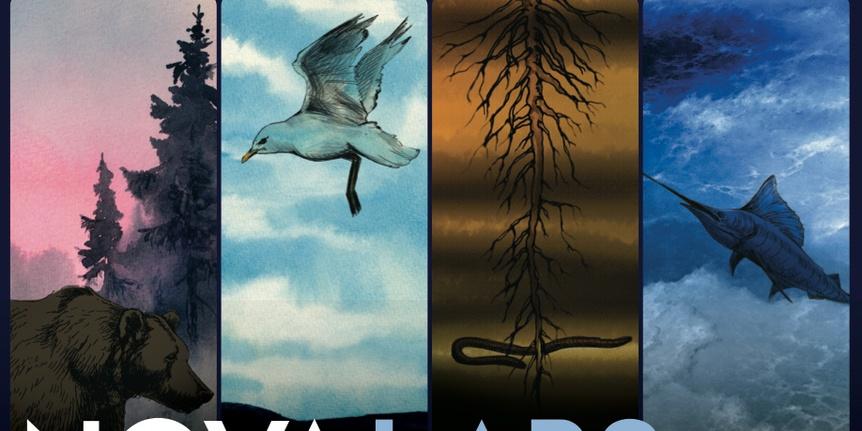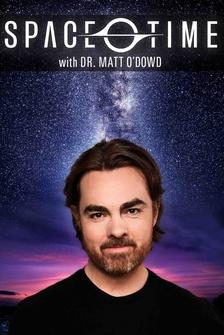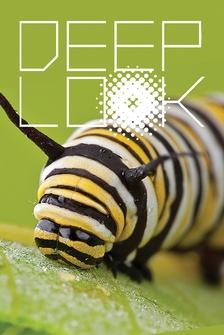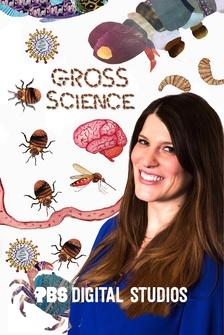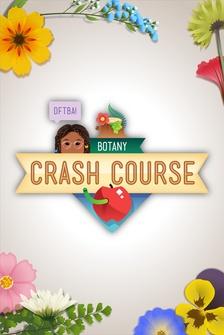- Some of your favorite cheeses might go extinct.
Why?
The fungi used to make them are at risk of dying out.
If you've ever eaten Brie or Camembert, those creamy, delicious cheeses are all made with the same strain of fungus.
It's called Penicillium camemberti, and it only reproduces on its own asexually, which is unusual and part of the reason why this fungus is at risk of going extinct.
So cheese makers use a process called cloning to replicate the fungi.
It's kind of like taking a cutting from a plant.
But multiple decades of this has introduced a mutation that cause the fungus to stop producing asexual spores, making it even harder for cheese makers to clone.
The current strain is desirable for its taste, color, and because it's fast growing.
About a century ago, cheese makers adopted it as the gold standard for these types of cheeses, but there are actually many strains of fungi that could produce Brie or Camembert.
They might taste different than the ones you're probably familiar with.
Cheese made with another strain might have a different color, or smell, or taste funkier.
Using the same strain of fungi means that Camembert tastes the same no matter where you get it.
It's dependable for cheese makers and predictable for consumers.
Other foods are grown from single genetic lines too, like bananas, but a lack of genetic diversity makes plants more vulnerable to disease.
(bright music)


